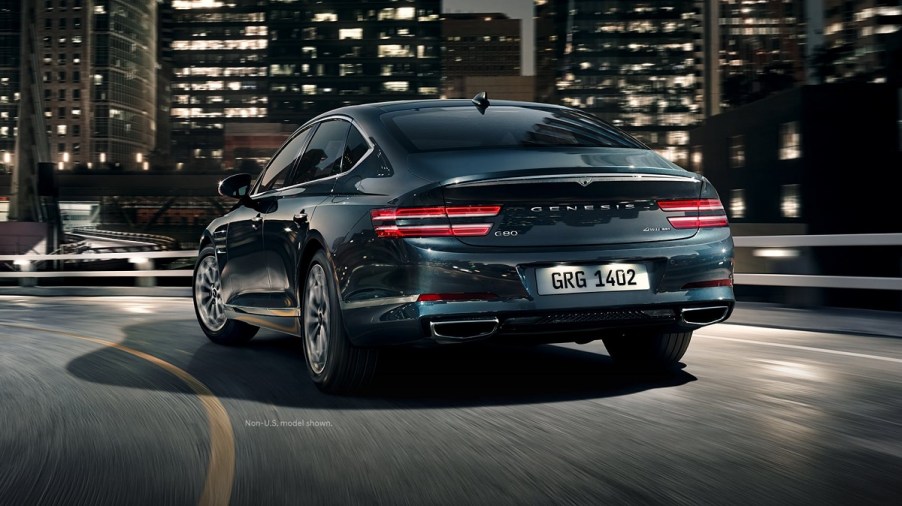
Pedestrian Detection Technology: What You Need to Know
Car safety is a major concern of most car shoppers, and accidents involving pedestrians are on the rise. Detection is an advanced safety system which is designed to alert a driver to a pedestrian in the path of (or near the path of) a vehicle. Consumer Reports says it’s a must. So how does pedestrian detection technology work?

How does pedestrian detection technology work?
Pedestrian detection works using a combination of cameras, radar and lidar sensors. These systems monitor a vehicle’s surroundings and should allow the driver and car to react appropriately. Cameras look for objects in the path of the car, and some look for people that may cross in front of the vehicle. Radar sends a radio wave out and measures the time it takes to bounce off an object and return. Lidar works the same way, but uses light.
Some pedestrian detection systems work in cooperation with automatic emergency braking systems, which automatically apply brakes when a driver doesn’t react in time. Some vehicles come with city speed automatic emergency braking, and less come with high speed automatic emergency braking. Rear automatic emergency braking is also available in some cars.
Pedestrian detection technology isn’t perfect
Consumer Reports reported on the effectiveness of pedestrian detection technology. They noted that AAA had tested a variety of vehicles and situations where pedestrian detection technology was necessary to prevent a crash. The tests found that a daylight crash with an adult in front of the car was avoided only 40% of the time at 20 MPH. If the test car had just made a right turn at 15 MPH, a crash was never avoided.
When the test vehicle encountered two adults on the side of the road at 20 MPH, an accident occured 80 percent of the time.
Things were worse when the tests involved children. A test which simulated a child running out from between two cars still resulted in a crash 89 percent of the time when the test vehicle was traveling at 20 MPH. A collision was never avoided when the test vehicle was traveling at 30 MPH.
It may be completely ineffective at night

Most accidents involving pedestrians occur at night; 75%, according to the NHTSA. AAA said that testing found that pedestrian detection technology was completely ineffective at night. This is especially alarming considering some people become dependent on the technology alerting them to a person in the path of their car.
Should I look for a car with pedestrian detection technology?
So pedestrian detection technology isn’t perfect…in fact, it’s far from it. Does that mean you don’t need it?
AAA and Consumer Reports both say that if you’re shopping for a new vehicle, you should absolutely look for a car with pedestrian detection technology. Pedestrian detection technology is becoming more common; in 2019 one-third of new vehicles came standard with it, and another one-third had it as an option. Consumer Reports also says that car shoppers should look for forward-collision warning, automatic emergency braking with pedestrian detection, and blind spot detection.
The most important thing to remember is that pedestrian detection technology shouldn’t replace a driver’s awareness. Anytime a person is behind the wheel of a vehicle, they should pay attention to their surroundings. Drive like there is no pedestrian detection technology, and hopefully you won’t need to use it.


